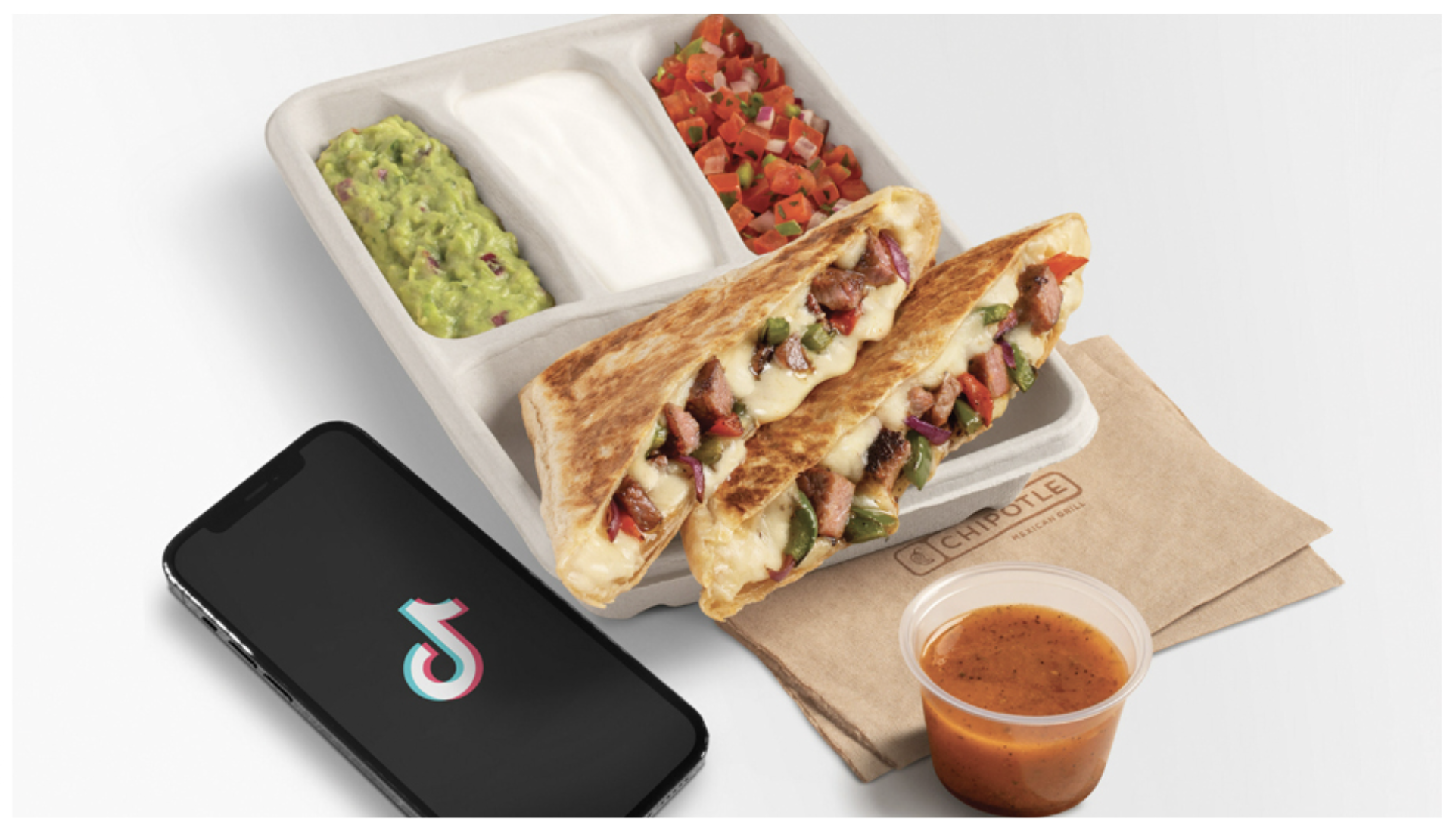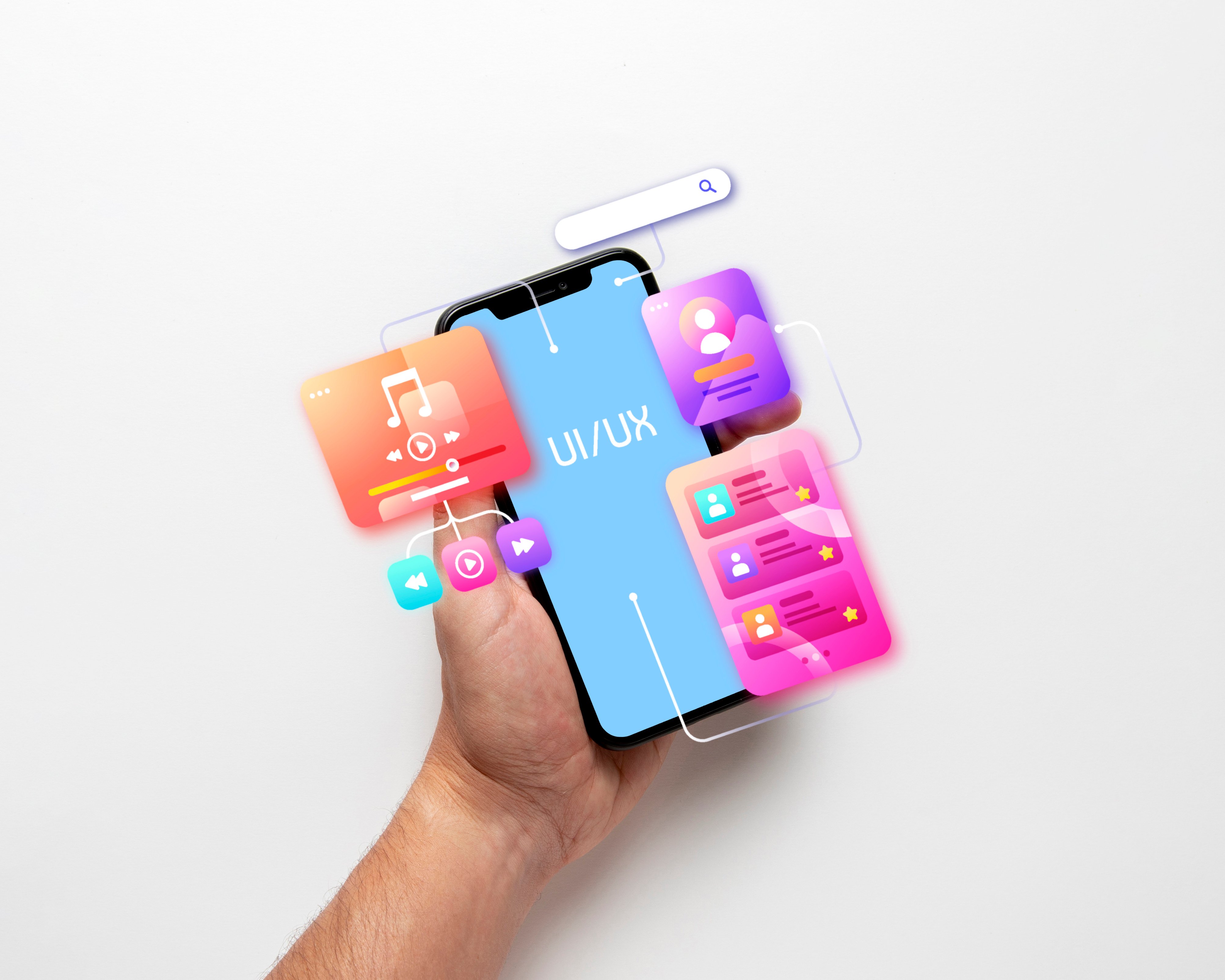Have you ever wondered why we can't seem to get enough of short-form videos? Whether it's a quick reel on Instagram, a TikTok challenge, or a YouTube short, these bite-sized videos seem to hold our attention like nothing else. But why is that?
1. The Power of Instant Gratification
One key psychological reason behind the success of short-form videos is the instant gratification they provide. According to HubSpot, people are naturally drawn to content that is quick and easy to consume. In today’s fast-paced digital world, users want to get information or entertainment instantly, without having to commit to long-form content.
For example, TikTok's format thrives on brevity, where viewers can absorb a storyline, punchline, or tutorial in a matter of seconds. This taps into our brain’s reward system by delivering small doses of dopamine when we quickly get the satisfaction of consuming a new piece of content.
2. Cognitive Load and Attention Span
Another reason short-form videos are so captivating is due to the low cognitive load they require. We’re not expected to absorb a large amount of information in one sitting. Studies suggest that our attention spans are getting shorter, which makes short-form videos more appealing because they require minimal mental effort.
A prime example is YouTube Shorts, which compresses valuable information or entertainment into less than 60 seconds. Viewers can jump from one video to the next without feeling overwhelmed, allowing for a constant stream of easily digestible content.
3. FOMO: The Fear of Missing Out
Short-form video platforms are designed to tap into FOMO (Fear of Missing Out). The endless scroll and algorithm-driven feeds create a sense of urgency to keep watching so you don’t miss the next trending video. For instance, Instagram’s reels or Facebook stories show videos from friends and influencers, encouraging users to stay engaged to see what’s happening in their social circles in real time.
4. The Role of Dopamine and Quick Wins
![407_vector_image-[Converted]](https://blog.a2z.media/hubfs/407_vector_image-%5BConverted%5D.jpg)
The fast nature of short videos means the brain’s reward system is activated more frequently. Short-form content gives us quick wins—completing one video and moving to the next offers a dopamine hit. It’s why watching multiple 10-second TikToks feels more satisfying than watching a single, long-form documentary. This constant stimulation encourages users to stay on the platform longer.
5. Real-world examples of Short-Form Video Success

Take, for instance, Chipotle’s viral TikTok campaign, where they introduced new menu items via 15-second videos. The campaign not only captured attention but also drove engagement and sales as users quickly shared the content. Another example is GoPro, which uses short-form content to showcase extreme sports, taking advantage of the fact that users love watching thrilling moments in under 30 seconds.
6. Why It Works for Brands
Brands use short-form video not just for entertainment, but to drive awareness, engagement, and conversions. According to Digital Rhetoric, short-form videos can increase brand recall by up to 80%, making them a perfect tool for marketing campaigns . The bite-sized nature makes it easier for users to process a brand message, even if they are exposed to it for just a few seconds.
Conclusion: The Future of Quick Content
In the fast-evolving digital landscape, short-form video isn’t going anywhere. The psychology behind our love for quick, easily digestible content lies in the instant gratification, lower cognitive effort, and dopamine rushes that come with short videos. Brands and marketers who understand this psychology can effectively harness it to engage their audience, build stronger connections, and drive real results.
If your brand hasn’t already embraced short-form video, now might be the time to get started.
For more insights on content marketing, check out our blog post on Creating Successful Personalized Video Content.



